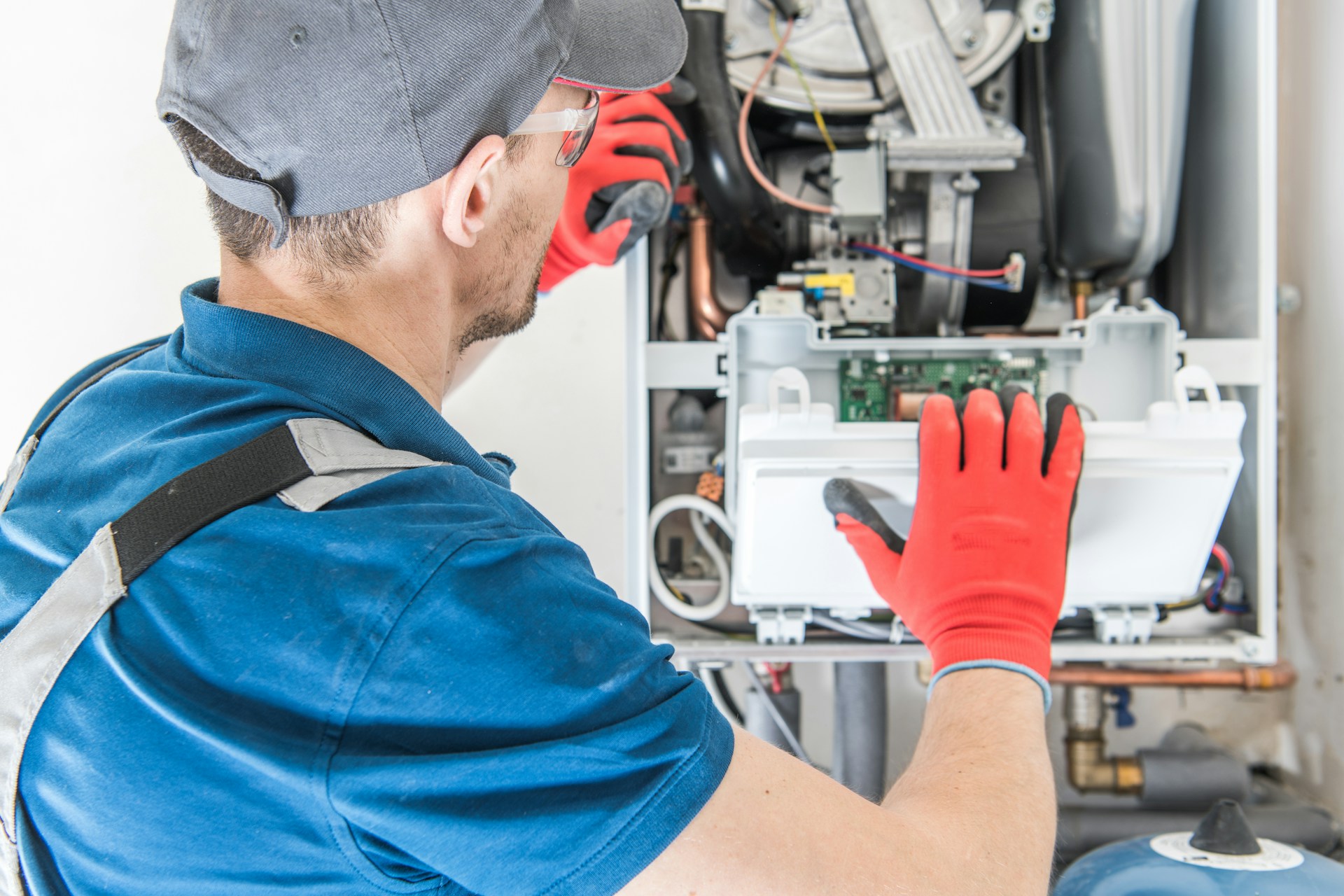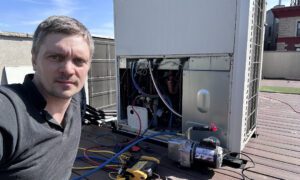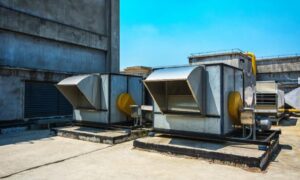As the colder months approach, ensuring your home remains warm and comfortable becomes a top priority. A reliable heating system not only keeps your living space cozy but also contributes to energy efficiency and cost savings. One of the most effective ways to achieve this is through proper furnace installation. Understanding the importance of choosing the right furnace and ensuring professional installation can significantly impact your home’s comfort and energy bills.
Understanding Furnace Types
Before embarking on a furnace installation, it’s crucial to understand the different types of furnaces available. Each type has its own benefits and is suited to specific home heating needs:
- Gas Furnaces: These are the most common type due to their high efficiency and lower operational costs. They are ideal for regions with harsh winters.
- Electric Furnaces: These are often smaller and easier to install but can be more expensive to operate due to higher electricity costs.
- Oil Furnaces: Less common today, oil furnaces are still used in areas where gas is not readily available.
- Propane Furnaces: A good alternative for rural areas where natural gas lines are not accessible.
Key Factors in Furnace Selection
Choosing the right furnace involves several considerations to ensure efficiency and effectiveness:
- Size and Capacity: A furnace that is too small won’t heat your home adequately, while one that’s too large will waste energy. Proper sizing is determined by assessing the square footage of your home and insulation quality.
- Energy Efficiency: Look for furnaces with a high Annual Fuel Utilization Efficiency (AFUE) rating. High-efficiency models convert more fuel into heat, reducing energy costs.
- Zoning Capabilities: Modern systems can be customized to heat specific zones in your home, providing more control and energy savings.
The Importance of Professional Installation
Proper furnace installation is essential for safety, efficiency, and longevity. While DIY projects are popular, installing a furnace requires expertise in handling complex components and ensuring compliance with local building codes. Professional installation ensures:
- Correct Sizing and Placement: A professional can accurately assess your home’s heating needs and recommend the best unit size and placement.
- Optimal Ventilation: Proper venting is critical to prevent carbon monoxide buildup and ensure safe operation.
- Compliance with Regulations: Licensed technicians adhere to safety codes and regulations, reducing risks of malfunctions or hazards.
- Warranty Protection: Many manufacturers require professional installation to validate warranties, protecting your investment.
Smart Technologies and Furnace Efficiency
With advancements in smart home technology, integrating your furnace with smart thermostats and home automation systems can enhance efficiency. Smart thermostats learn your schedule and adjust temperatures accordingly, leading to significant energy savings over time. Additionally, remote access allows you to control your heating system from anywhere, ensuring comfort and efficiency.
Maintenance Tips for Longevity
Once your furnace installation is complete, routine maintenance is crucial for optimal performance and longevity:
- Regular Filter Changes: Replace or clean filters every 1-3 months to maintain air quality and efficiency.
- Annual Inspections: Schedule yearly professional inspections to identify and fix potential issues before they escalate.
- Keep Vents Clear: Ensure that air vents and registers are free from obstructions to allow even heat distribution.
Cost Considerations and Long-Term Savings
While the initial cost of furnace installation can be significant, it is a worthwhile investment that pays off through energy savings and improved comfort. High-efficiency furnaces may have a higher upfront cost but offer long-term savings through reduced energy consumption. Additionally, some regions offer tax credits or rebates for installing energy-efficient systems, further offsetting costs.
Conclusion
Investing in a new furnace is a significant decision that impacts your home’s comfort, safety, and energy consumption. By understanding the types of furnaces available, the importance of professional installation, and the benefits of integrating smart technology, homeowners can make informed choices that lead to long-term satisfaction and savings. For those considering upgrading their heating system, exploring furnace installation options is a crucial step toward a warmer, more efficient home.



































